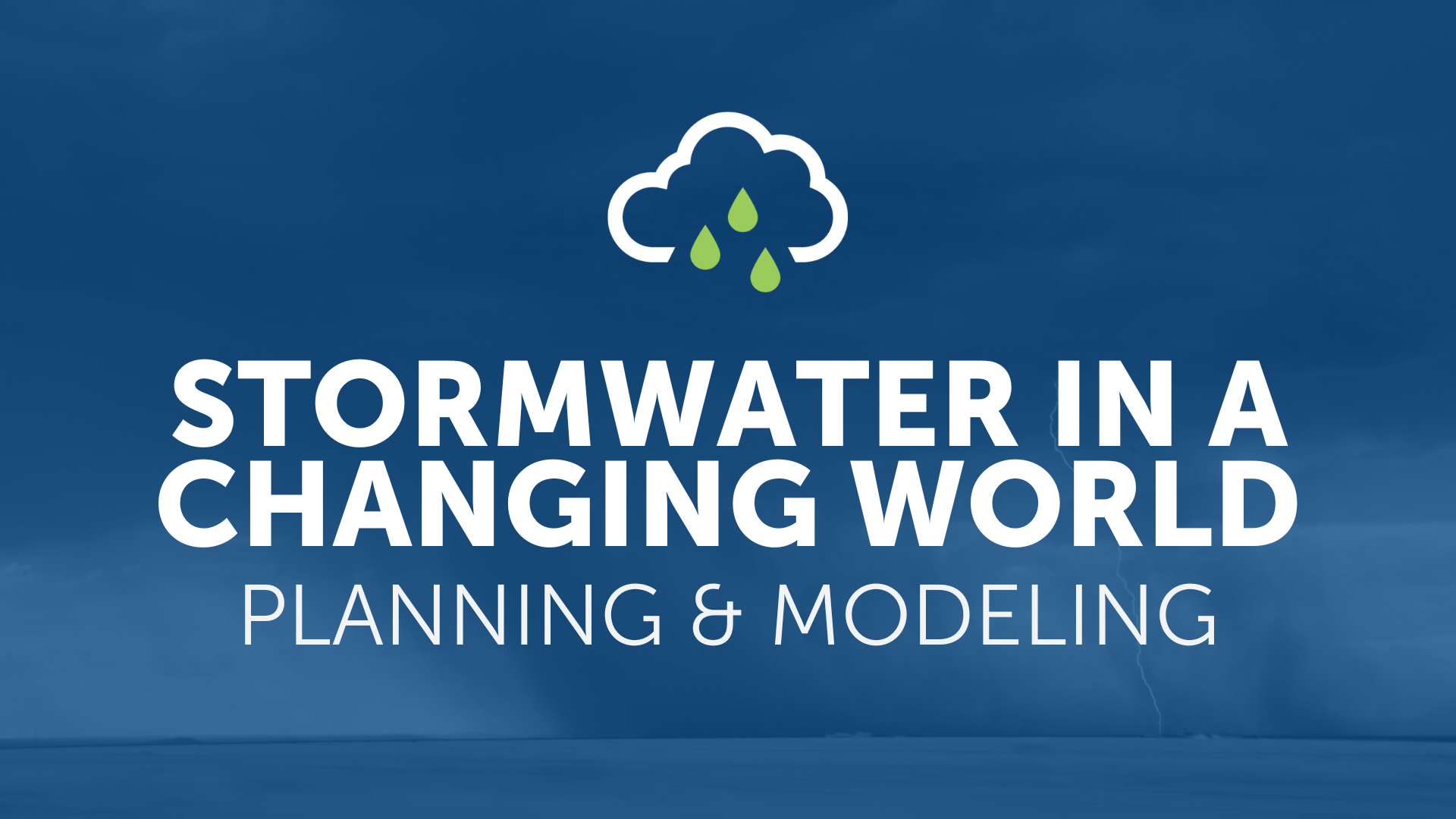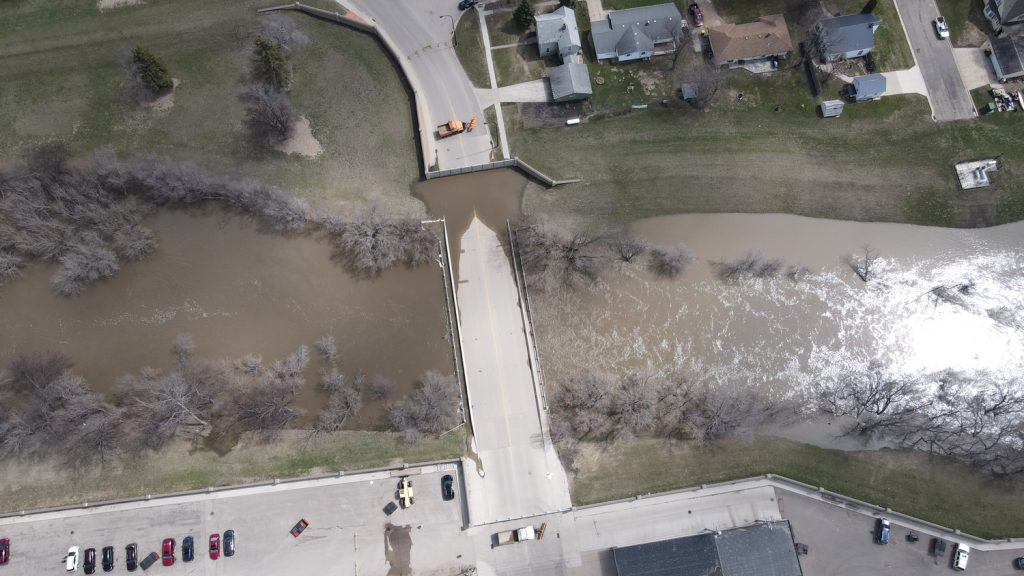
Stormwater In a Changing World | Planning & Modeling
This post is the first installment of five articles highlighting stormwater, its impact on our daily lives, and how engineering expertise is applied to mitigate risk while remaining compliant.
Stormwater often lingers out of sight, out of mind. But left unchecked, it can devastate entire communities. The dangers of unmanaged stormwater affect everyone, everywhere. Flooded roads and buildings damage property and infrastructure. Erosion destabilizes bridges, pipelines, and stream banks. Stormwater runoff often diminishes water quality in our lakes and streams. The list goes on.
Defining stormwater is a straightforward science. As Amy Denz, Environmental Sector Leader at Moore Engineering, elegantly explains: “Stormwater is generated any time a raindrop or water hits the ground and flows in some direction or another.” More broadly, stormwater refers to any precipitation, including rainfall and snowmelt, that flows over the land or builds up with nowhere to go.
Stormwater impacts all of us, but its symptoms manifest very differently across urban and rural environments. In cities, pavement and buildings prevent water from absorbing into soil and vegetation, posing complex engineering challenges. Large volumes of stormwater can quickly overwhelm storm drains and sewage systems, causing dreaded plumbing backups and road closures.” Flowing water can carry pollutants from vehicles, waste, and industrial sources, contaminating surface waters such as lakes and rivers. In rural areas, oversaturated agricultural fields can flood, damaging infrastructure and crops.
“Stormwater is one of those things people don’t think about until they see it running down their street, into their garage, onto their property, blocking a roadway, flooding their vehicle, flooding their crops.”
Kurt Lysne, Market Leader/Water Resources
Improving Lives Now and In the Future
Planning and modeling stormwater has never been more challenging or more important. “Whether you realize it or not, we’re seeing the climate cycles changing, bringing larger rain events and causing more stormwater on the landscape,” says Amy Denz. Climate change has led to larger and more frequent precipitation events, compelling engineers to innovate and stretch their limits in adapting to a changing world.

Careful stormwater planning and modeling are crucial for preparing for the future and protecting our community’s health, wealth, and well-being. With sophisticated computer programs, modeling helps determine if existing infrastructure can sufficiently manage current and projected stormwater levels while revealing areas at potential risk of flooding. With the right technology and years of expertise, our team of engineers expertly predicts stormwater’s path and the damage it may leave behind.
“We’re seeing major rain events happen where… roads get inundated and flooded. And that all has to do with the fact that much of our existing infrastructure was designed for a time when there was less precipitation. Moving forward we’ve obviously seen a lot of changes and that affects what we design and how we design it.”
Tara Ostendorf, Environmental Team Lead
Like stormwater, infrastructure isn’t static. Improvements, expansions, and new additions to infrastructure are constantly being designed and constructed. At Moore Engineering, stormwater management is a crucial consideration at every stage of every project. Building new impervious (concrete) surfaces inherently alters the flow of stormwater in a given area. Ensuring new infrastructure does not create new stormwater challenges is critical. From planning to construction to public use, our engineers carefully track how the project will impact stormwater.
Stronger Together
At Moore Engineering, collaboration across our four sectors is central to the success of every project. Our stormwater engineers and environmental scientists play a particularly significant role in collaboration with our Transportation Sector on roadway projects.
Jim Jackson, Transportation Sector Leader at Moore Engineering, best explains the importance of cross-collaboration at Moore: “One thing we’ve really incorporated recently is that we like to have our roadway designers very involved with our stormwater designers when it comes to transportation projects, because what you do to a roadway really affects what you’re going to do with stormwater and vice versa.”
By working together, Moore Engineering delivers the infrastructure that protects the communities we serve. For over 60 years, Moore has brought battle-tested expertise to stormwater challenges. Through proactive planning and modeling, Moore Engineering improves lives by building strong communities prepared for the storms ahead.